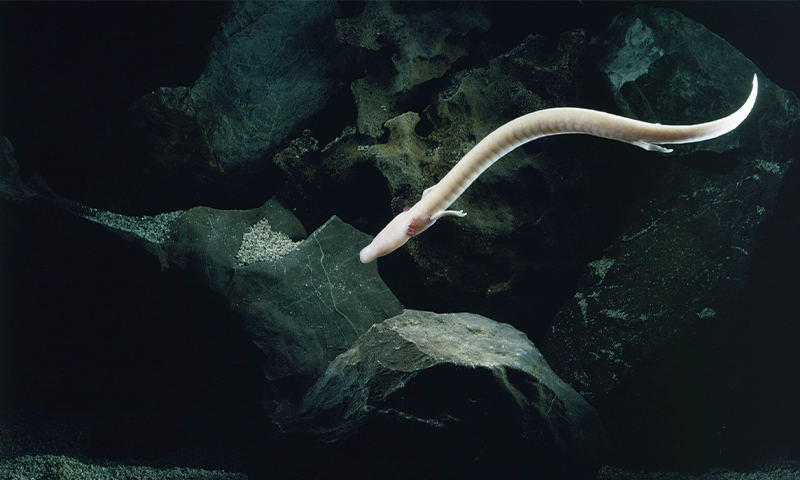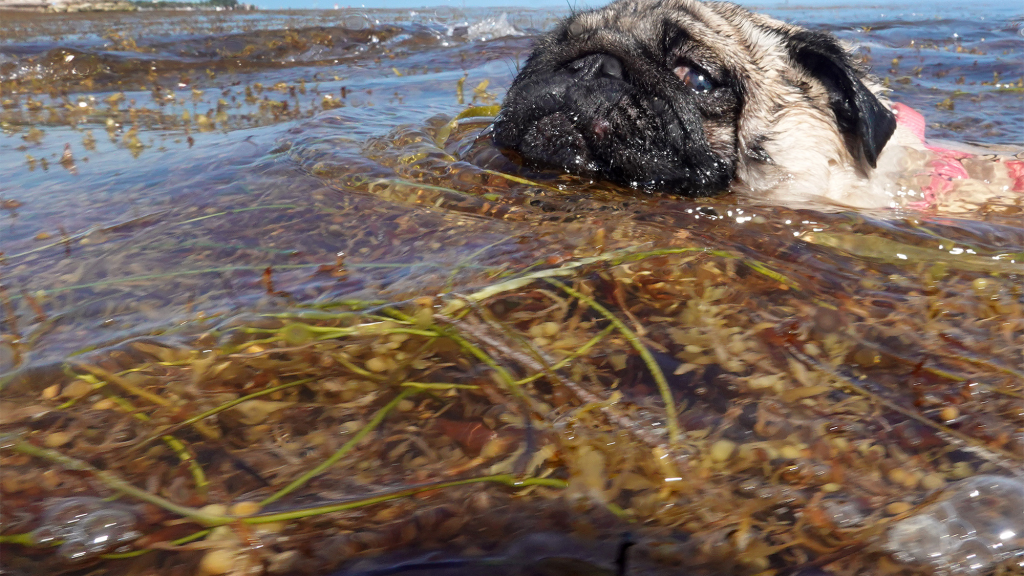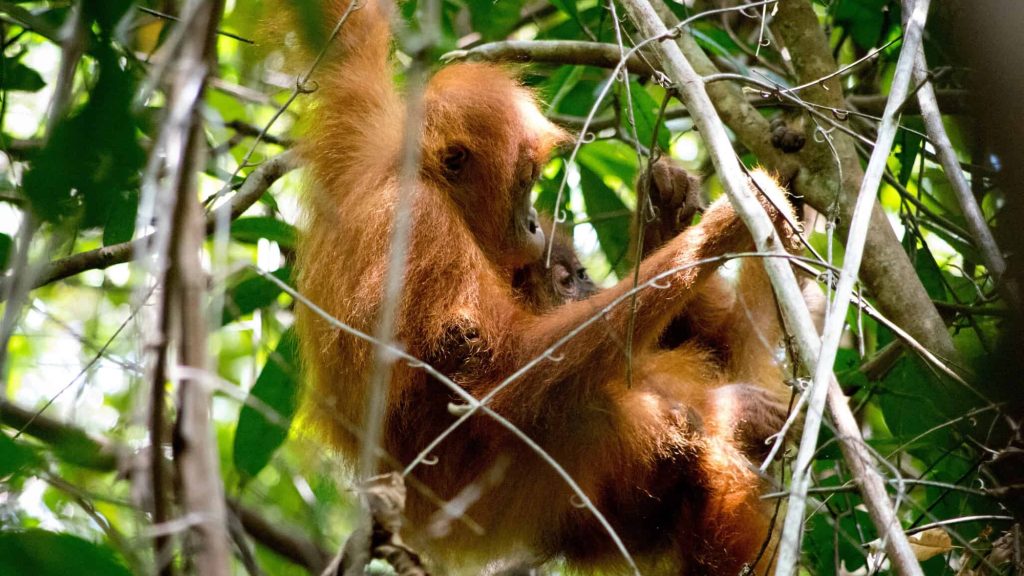Now Reading: India’s Quest for Clarity Amid Blind Spots in Governance
-
01
India’s Quest for Clarity Amid Blind Spots in Governance
India’s Quest for Clarity Amid Blind Spots in Governance

Fast Summary
- Species Overview: Olms (Proteus anguinus) are eyeless, pale salamanders found in caves across the Balkans and northern Mediterranean. They have unique traits like living for up to a century, going years without food, and one of the largest unsequenced animal genomes.
- Conservation Efforts: Threatened by water pollution, deforestation, construction activities, and climate change; olms serve as indicators of groundwater health due to their sensitivity to environmental changes.
- Innovative Research: A Slovenian couple is pioneering advanced technologies such as infrared video tracking, environmental DNA monitoring, machine learning-based analysis, underwater drones, and sensors for studying olms remotely in their natural habitat.
- Global Concern for Karst Ecosystems: Karst terrains support 20-50% of drinking water globally but face pollution threats from farming and industrial development. Olms could help gauge ecosystem stability over time.
- Cultural Relevance: Known locally as “charismatic species,” olms are featured on Slovenian coins and ecotourism campaigns while offering scientific value that spans biodiversity studies.
Indian Opinion Analysis
India shares several ecological parallels with the karst ecosystems described in this article. The reliance on groundwater aquifers (similar to karsts) sustains millions across agriculture-dependent regions but often suffers contamination from nitrates or pesticides. Addressing these issues requires advances similar to those highlighted here-technological applications like AI-enabled monitoring systems could profoundly improve understanding of subterranean ecosystems.
Additionally, India’s biodiversity includes numerous endemic species facing threats from rapid urbanization-a scenario resembling challenges posed by surface activities above olm habitats. Scientific initiatives prioritizing ecosystem health can bridge gaps between conservation biology (olms) and human activity management (farming/industry), delivering long-term benefits akin to Slovenia’s proactive model.
Read More: In the Land of the Eyeless dragons




























